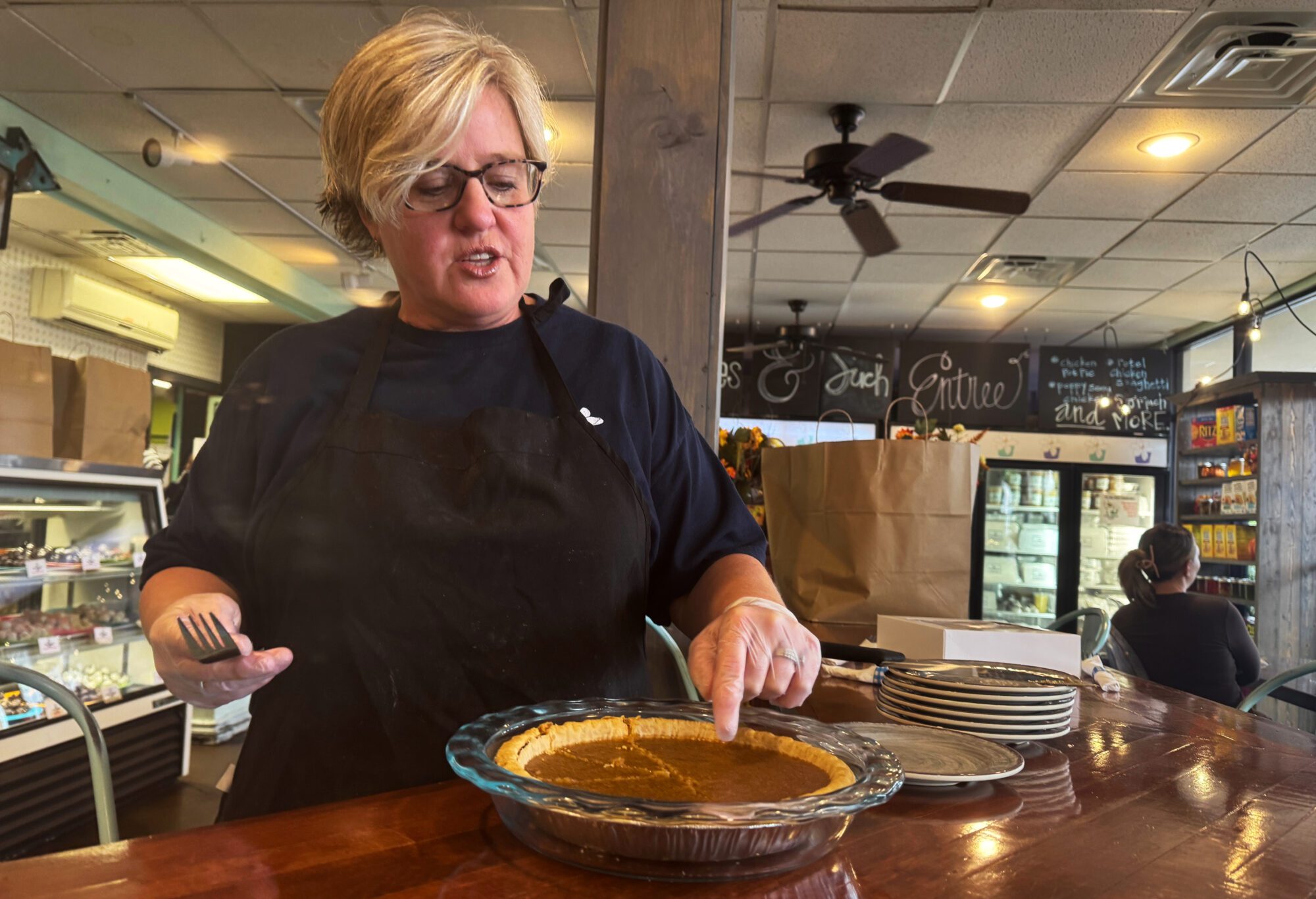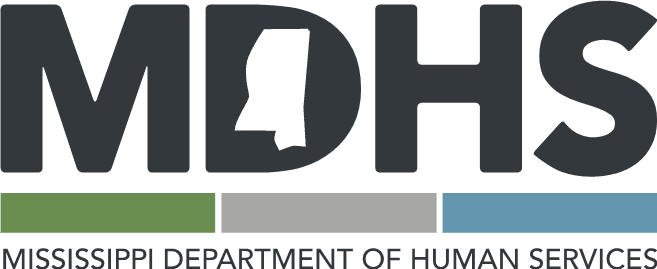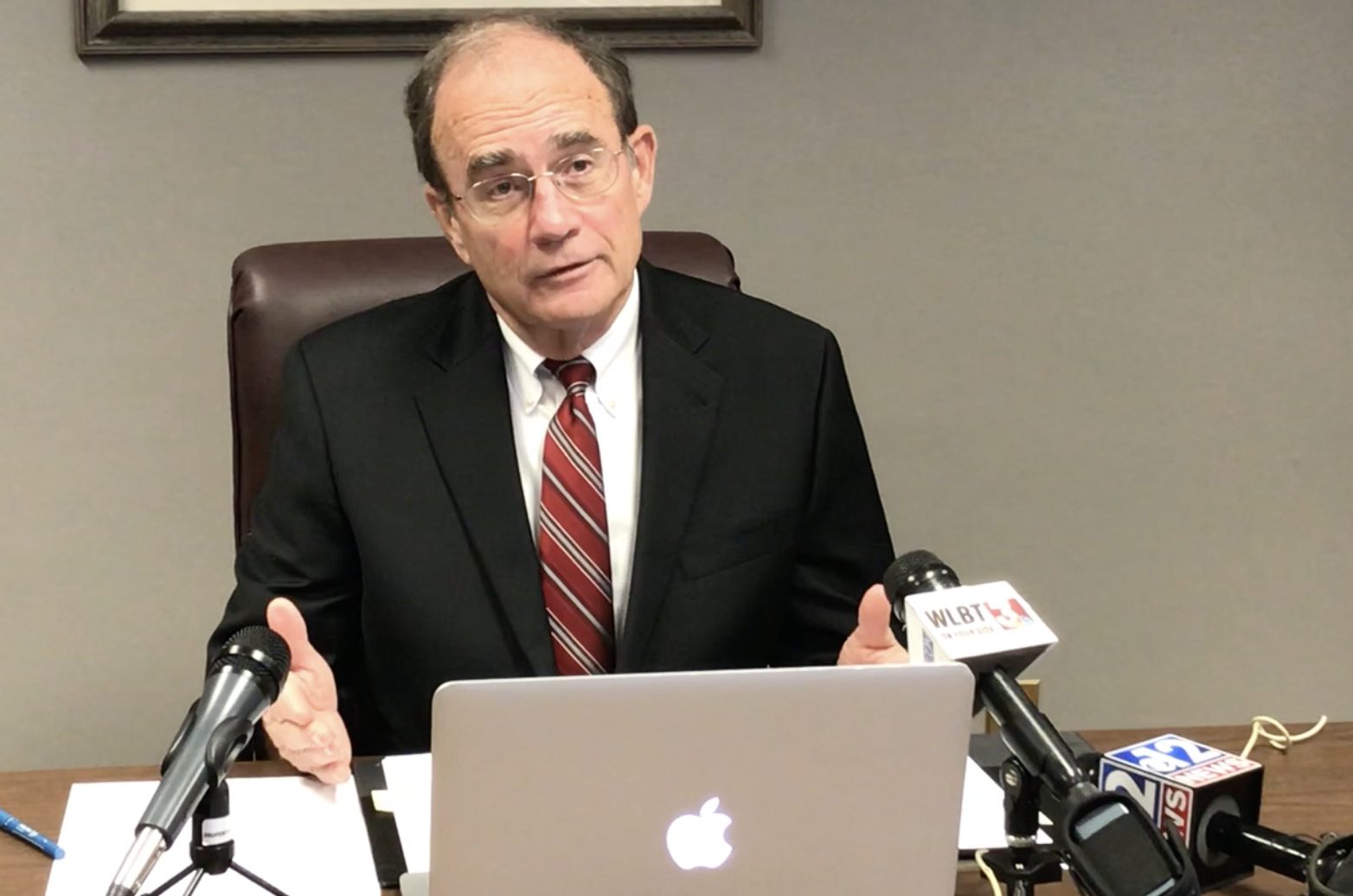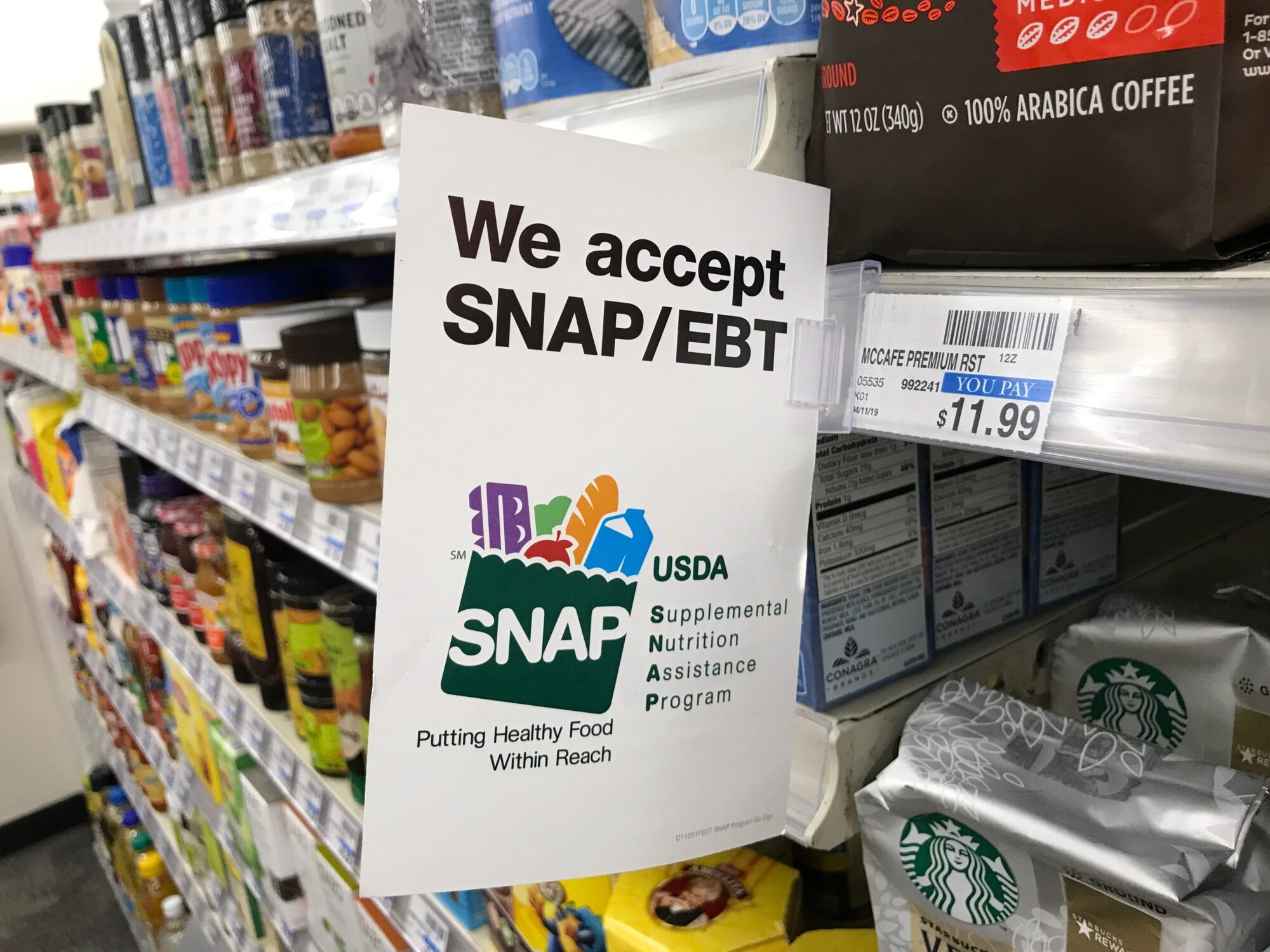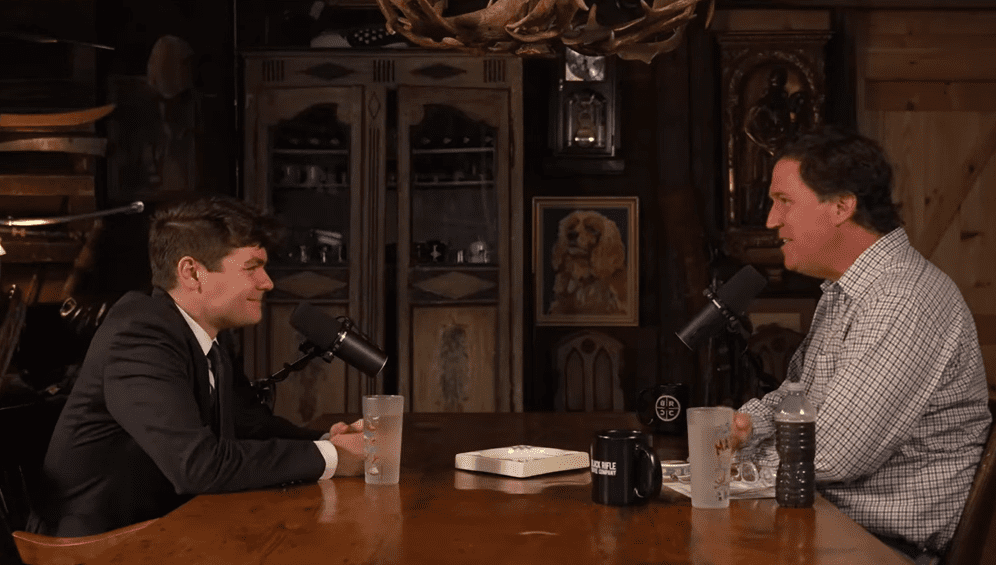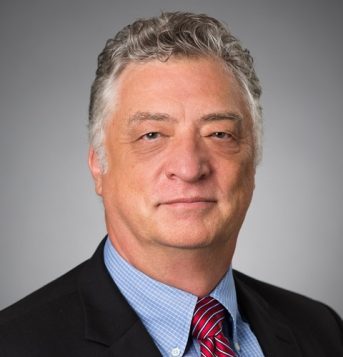
To adapt Oliver Hardy: Well, here’s another nice mess the federal government has gotten us into.
When Congress passed the CARES Act in March 2020, it placed student loans into “administrative forbearance” until September 2020. That is, there was no penalty for not making student-loan payments. Why? What makes student loans different from other debts? Then, through executive action, the Trump administration has twice extended the forbearance of student-loan repayments — now suspended through January 2021.
By Inauguration Day, student-loan borrowers will have enjoyed ten months of no payments toward their debt. But any private lender knows that once loan payments stop, it is difficult to get borrowers back into the habit of paying.
We would all be wise to ask: Exactly how is the federal government going to get taxpayers’ money back? More important, if the federal government heeds recent calls for student-loan forgiveness, what then? Don’t we deserve answers to $1.6 trillion questions?
About 43 million people have chosen to take on student-loan debt. A recent poll claims that 81 percent of the respondents say the government should make it easier for borrowers to repay their debt. How? Are all borrowers struggling to repay? Is it wise to cancel billions in debt without knowing the answer to that question, and without any lending reforms that would prevent the problem from reappearing?
In the Consumer Credit Protection Act of 1968, Congress chartered a National Commission on Consumer Finance, tasked with studying the entire consumer-financial market in America. At the time, student loans were virtually nonexistent. Still, that commission offers us a useful rubric on how to study complex questions about consumer credit.
We need to know what is going on in the student loan market. As in 1968, Congress should now create a new bipartisan national commission, this time charged with studying all aspects of the student-loan market. Our policy-makers are sorely in need of — and would surely benefit from — a thorough and dispassionate study of the history and current state of the program.
The necessity for a depoliticized commission could not be more apparent. Already battle lines have been drawn, and political pressure for further executive action is growing. There seems to be little thought about any problems that a blanket debt jubilee can create.
Some supporters of easing student-loan burdens worry that when payments are resumed, confusion could reign, and we will get a “mess.” Is the implication that the federal government should simply forget about trying to get paid back? If so, what good are the bankruptcy protections on these loans?
Others have spoken against a forgiveness program. The arguments that abound include that the program does not actually amount to forgiveness, that there are tax implications, and that there are nettlesome legal issues. Moreover, many of the arguments contend that this program is demonstratively regressive: It benefits higher-income borrowers much more than lower-income borrowers. Forgiving the bulk of this debt is likely not a stimulus. So why do it?
Basic economic theory suggests that incentives matter. If you incentivize bad economic behavior — even in the name of “fairness” — you wind up with more bad behavior.
This fine mess has been 20-plus years in the making, and current student-loan debt tops $1.6 trillion. Why the rush for debt forgiveness before the expiration of the January 31st extension? The economic forces underlying the perceived chaos swirling around it will not be resolved by then.
The path of forgiving student loans through executive action is fraught with legal peril and moral hazard. It might even harm student borrowers in need of relief.
We need answers before action. A bipartisan national commission brings both sides to the table and provides empirical research to guide Congress to a robust solution. In the meantime, the federal government should figure out how to jump-start student loan repayments.
THOMAS W. MILLER JR. is a professor of finance and holder of the Jack R. Lee Chair in Financial Institutions and Consumer Finance at Mississippi State University and a senior research fellow at CONSUMERS’ RESEARCH.
Article reprinted with permission from National Review
